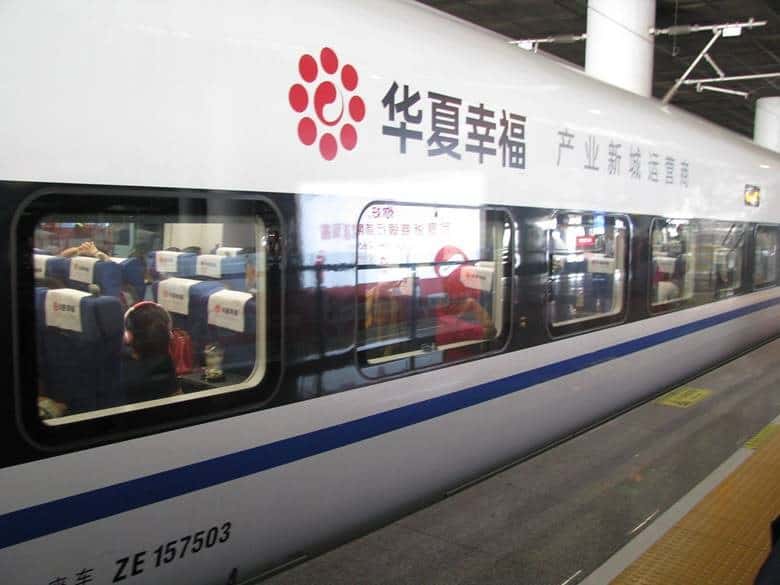In early February, China acceded to the Hague System for the International Registration of Industrial Designs.
This means that foreign rights holders can protect their design rights in China under the Hague System, and Chinese rights holders can protect their design rights abroad the same way.
Industrial design, as this video explains, covers the ornamental aspects of an object. Industrial Design rights (usually called “Design Patents” in the United States) are a form of intellectual property protected by national laws and international agreements. You can learn more about design patents in our design patent archive.
The Hague System, as the World Intellectual Property Organization (WIPO) explains,
provides a practical business solution for registering up to 100 designs in 76 contracting parties covering 93 countries, through the filing of a single international application.
Each country has the option to perform a substantive examination of applications filed under the Hague System but can also choose not to. China does not perform such examinations, so design rights in China are secured after completing the Hague System process.
However, China may still reject an application on other grounds, such as differences in design formalities and drawing standards, within six to twelve months.
The Hague System application is in just one language and requires the payment of only one set of fees. An application may be filed in English, French, or Spanish. This is much easier and more cost-effective than filing applications in multiple countries and territories, in different languages, and with the services of multiple lawyers and translators.
You can file an international application under the Hague System if:
- you are a national of i.) a contracting party or of ii.) a member state of an intergovernmental organization which is a contracting party;
- you have a domicile or habitual residence in a contracting party; or
- you have a real and effective industrial or commercial establishment in a contracting party.
A full list of Hague Contracting parties is here.
It’s not required to file a national or regional application for design protection first, as under the Madrid system for trademark protection.
The scope of protection for designs differs from country to country and is defined by the images of the design that accompany the application.
International design applications are subject to the payment of three types of fees:
- a basic fee (397 Swiss francs for one design; 19 Swiss francs for each additional design included in the same application);
- a publication fee (17 Swiss francs for each reproduction; 150 Swiss francs for each page on which one or more reproductions are shown); and
- a standard designation fee or an individual designation fee for each contracting party where protection is sought.
Once an application is submitted, WIPO checks it for compliance with the requirements. An examination takes about one month when an application is submitted electronically, and much longer when it’s submitted on paper.
If the application is non-compliant, WIPO will notify the applicant, who will have three months to correct the problems.
If an application is accepted, WIPO will record it in the International Register and send the application a registration certificate.
Registrations are published in the International Designs Bulletin twelve months after the date of registration (normally, the date the application was received by WIPO), unless the applicant requests immediate publication or publication on a specific date.
Designs are guaranteed at least 15 years of protection. The initial registration is valid for five years and can be renewed twice.
The Hague provisions will take effect in China on May 5, 2022.
It’s also still possible to register industrial designs in China directly, without using the Hague System.
As we discussed in this blog, in 2020 the Chinese Legislature passed the Fourth Amendment to the Chinese Patent Law. The revised patent law includes changes that better align Chinese design patent law with the laws of other countries.
Just like the haiku above, we like to keep our posts short and sweet. Hopefully, you found this bite-sized information helpful. If you would like more information, please do not hesitate to contact us here.


